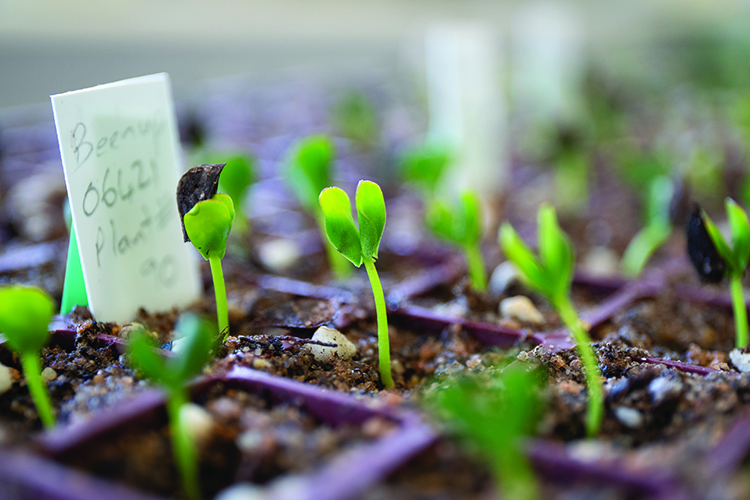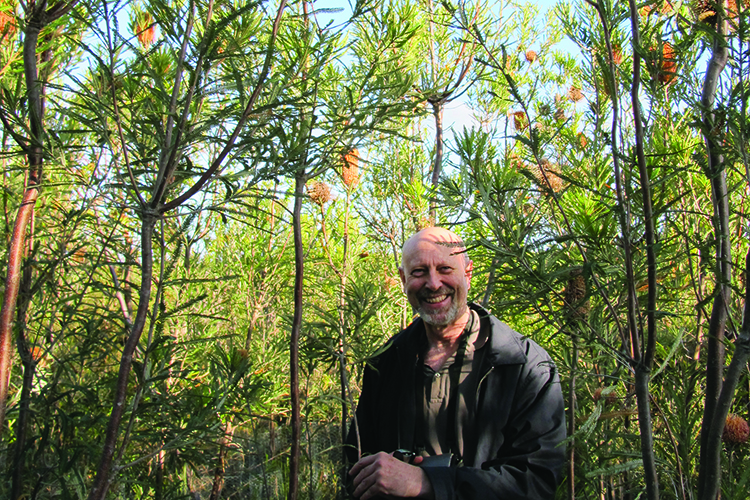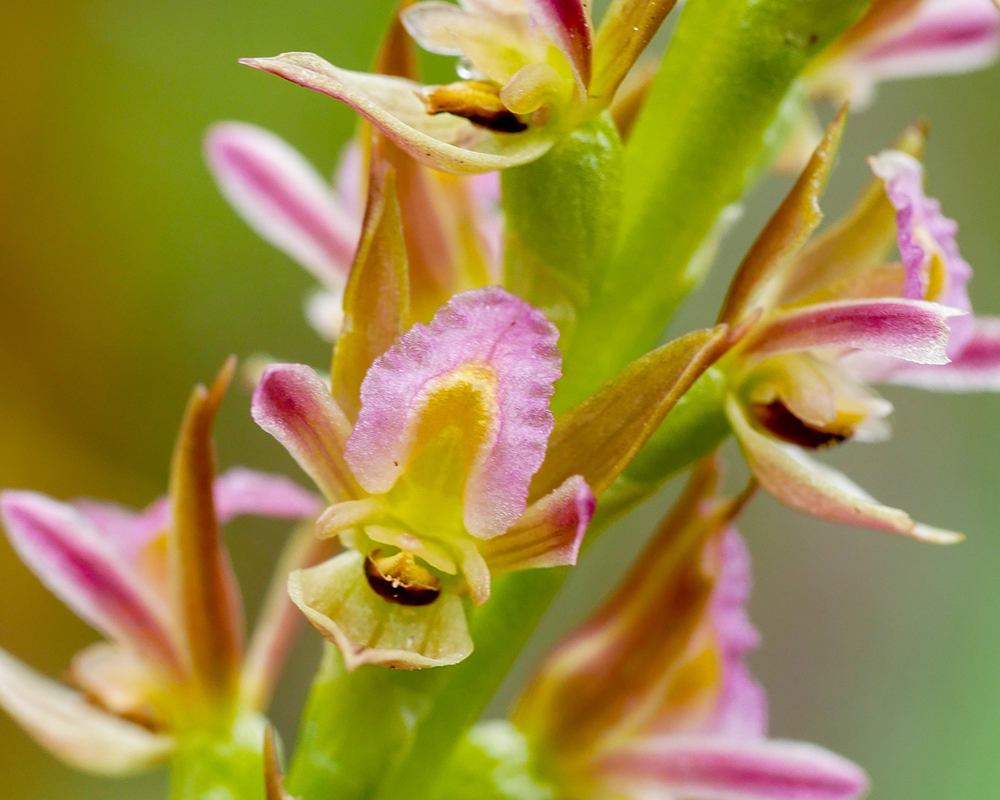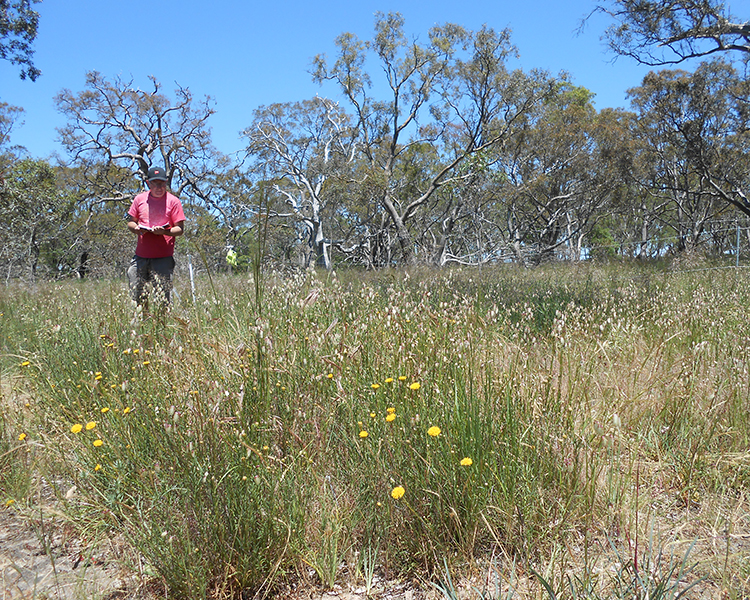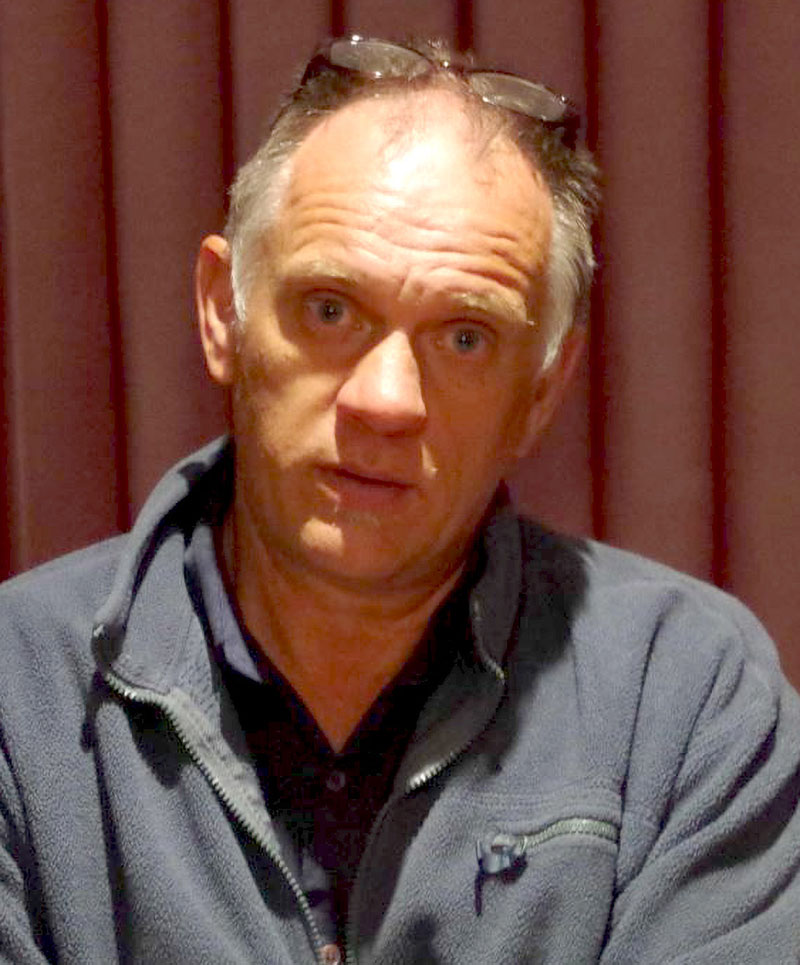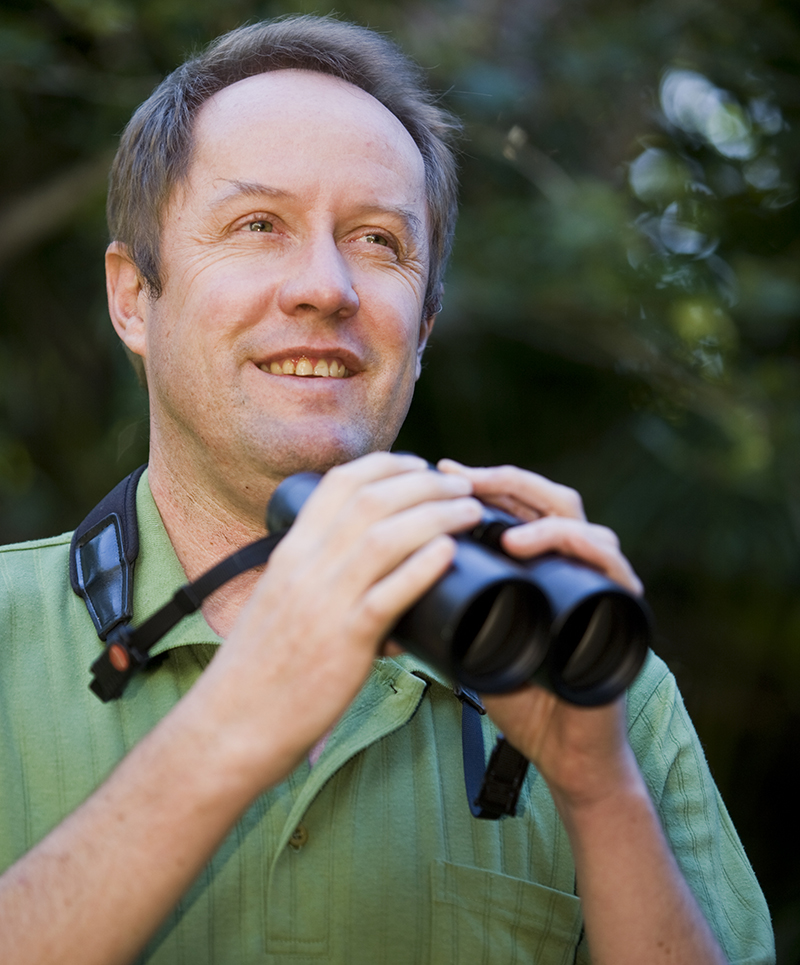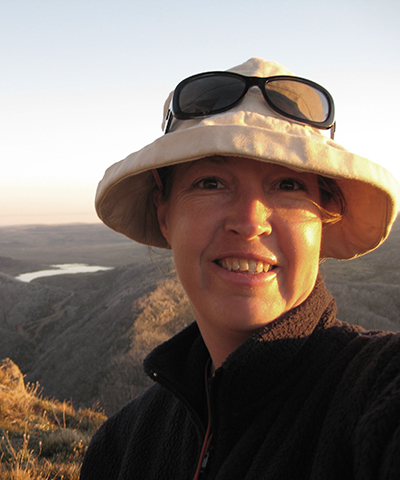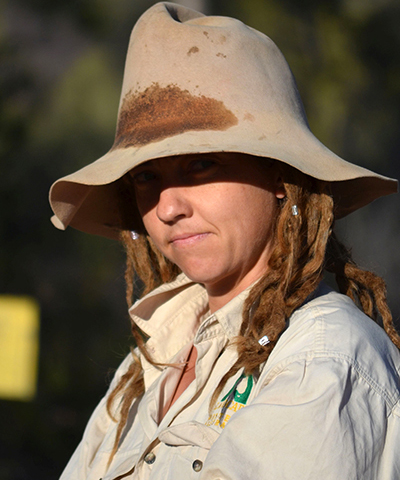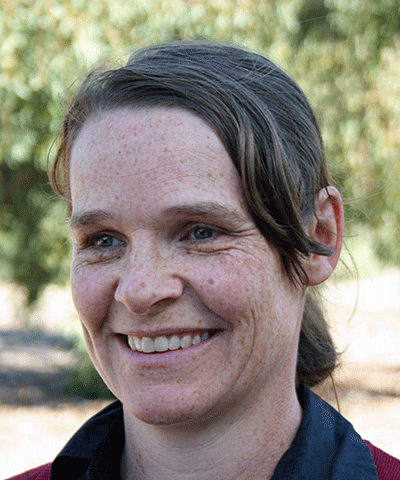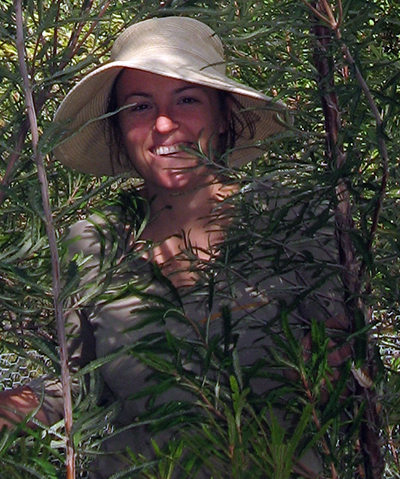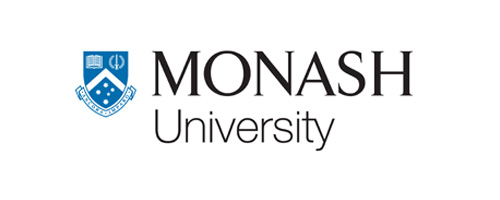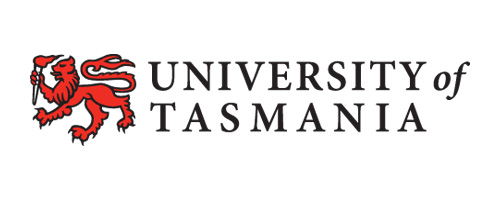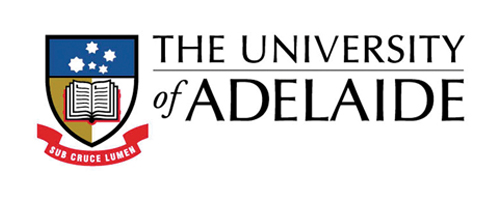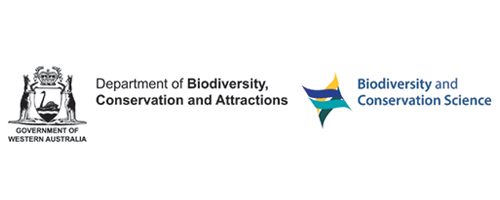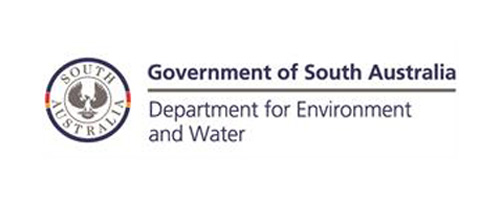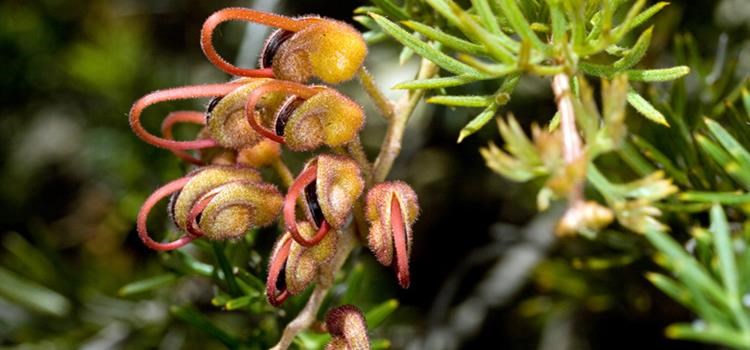
Research in Brief
Translocations are being increasingly used in threatened plant recovery programs. The outcomes of past translocation programs have often been poorly documented or unpublished. This makes it hard to learn from the past experiences, to adapt and improve techniques in response to outcomes or to determine if investments have been worthwhile.
As the number of plant translocation projects increases, it is becoming increasingly important to evaluate the success of these translocations with meaningful and measurable criteria.
The project will develop criteria for measuring the success of plant translocation projects. It will also review the outcomes of past plant translocations and synthesise past research in order to develop best practice guidelines for plant translocation in Australia.
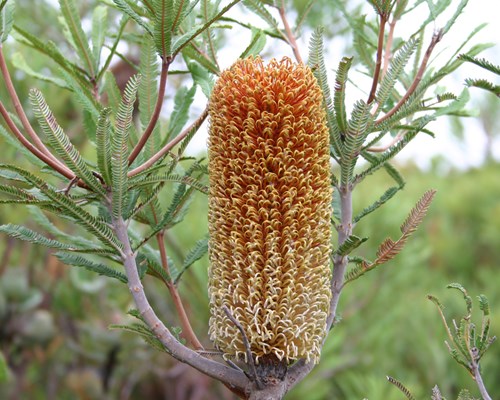 B. brownii. Photo: D. Coates
B. brownii. Photo: D. Coates
Why is the research needed?
Translocations of threatened plants have been carried out over the past three decades across southern Australia. This has included at least 1000 separate translocations, involving around 380 plant species.
However, despite the increasing focus on translocation, there has been little monitoring or assessment of whether these projects are achieving long-term success in terms of population persistence.
At the same time threats to plants and plant communities are becoming more severe and difficult to manage. They include habitat fragmentation, rapid environmental change, diseases, and invasive species. They present significant challenges to establishing viable new populations in threat-free habitats.
There has been insufficient synthesis of information about translocation generally, and evaluating and synthesising the current knowledge will provide a critical resource for improving the success and status trajectory of threatened plant translocation. In particular, guidance criteria for establishment, resilience and persistence are needed.
Further, developing criteria for translocation success that are adequate and measurable will allow change in a species’ conservation status to be assessed and provide a more rigorous foundation for recommending the down-listing or de-listing of a species.
 Lambertia orbifolia. Photo: Anne Cochrane
Lambertia orbifolia. Photo: Anne Cochrane
How will the research help?
This project will provide on-ground practical guidance for how best to implement translocations of threatened plant species to maximise their recovery and improve their conservation status. This guidance will be backed by rigorous evidence on the operational, ecological, genetic and environmental factors influencing success or failure in translocation projects. It will also increase our capacity to monitor and measure the success of translocations of threatened plant species.
The project will synthesise and analyse knowledge about past plant translocations, developing a national framework that builds on data held by state agencies, NGO groups, community groups and researchers. It will also co-ordinate a review and updating of the current Guidelines for Translocation of Threatened Plants in Australia, based on expert input from plant translocation practitioners across Australia.
The research will deliver improved conservation status for 17 EPBC-listed threatened plant species through experimental translocations. Criteria for success will be developed based on these case studies. The criteria will increase our ability to assess population viability and will provide a more rigorous foundation for recommending the down-listing or de-listing of threatened species when translocation has been successful. It will also explore other approaches to assess persistence and success based on molecular genetic and genomic techniques. These techniques can complement more traditional measures such as establishment, survival, vegetative growth, reproductive output and recruitment.
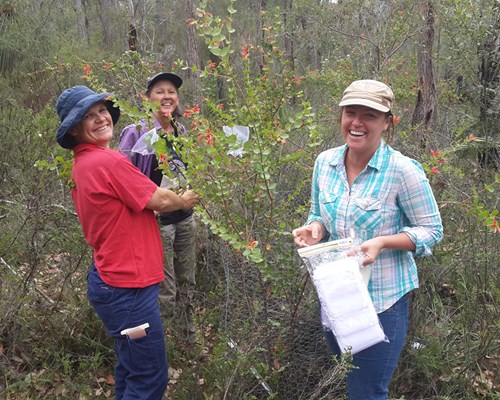 Leonie Monks, Rebecca Dillon and Sarah Barrett collecting seed from a Lambertia orbifolia translocation. Photo: Dave Coates
Leonie Monks, Rebecca Dillon and Sarah Barrett collecting seed from a Lambertia orbifolia translocation. Photo: Dave Coates
What research activities are being undertaken?
The project has six main parts:
- An evaluation and synthesis of current knowledge. A database of Australian plant translocations has been assembled through extensive expert consultation and literature review. A meta-analysis will examine the characteristics and distribution of translocationsand examine factors influencing their success.
- Field trials, to further understand and develop criteria to measure success. The refined success criteria can be used to confidentlyreassess the conservation status of species for consideration in downgrading or de-listing.
- Evaluation of alternative measures of translocation success and key factors for success involving biotic interactions. The project will explore molecular genetic and translocation techniques to compare genetic variation between reintroduced and source populations, analyse mating system parameters to determine inbreeding and infer pollinator behaviour, and investigate the importance of mycorrhizal associations in translocation success of orchids and other species.
- Revision of the Guidelines for Translocation of Threatened Plants in Australia. The Australian Network for Plant Conservation published the Guidelines in 2004, and it remains the only Australian synthesis of the best techniques and templates for translocations. The project will update the guidelines and publish them online.
- Developing working examples of best practice translocation for threatened plants. These will be included in the Guidelines.
- Scoping the benefits of gene pool mixing for threatened plant translocations. The research will consider the benefits of mixing gene pools to increase success through increasing genetic diversity.

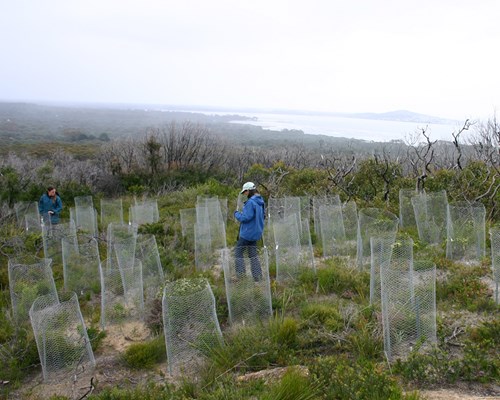 Rebecca Dillon and Sarah Barrett at a Banksia brownii translocation. Photo: Leonie Monks
Rebecca Dillon and Sarah Barrett at a Banksia brownii translocation. Photo: Leonie Monks
Who is involved?
The project is being led by the University of Queensland in close collaboration with Western Australia’s Department of Biodiversity, Conservation and Attractions, the Royal Botanic Gardens Melbourne and South Australia’s Department for the Environment and Water.
Where is the research happening?
The research will include a nationwide review of threatened plant translocations. Targeted field work will also occur in Western Australia, South Australia and Victoria.
When is the research happening?
The project will run for five years from 2016 to mid 2021.
Further information
For more information please contact:
David Coates - dave.coates@dbca.wa.gov.au
Top image: Grevillea batrachioides Lesueur grevillea. Photo: Andrew Crawford
-

Saving an Endangered wattle: Translocating Acacia cochlocarpa
Monday, 20 July 2020 -

Seed bank saving species in Western Australia
Monday, 27 July 2020 -

Guidelines for the Translocation of Threatened Plants in Australia
Wednesday, 29 July 2020 -

Managing the genetics for a new population of a threatened plant
Monday, 12 April 2021
